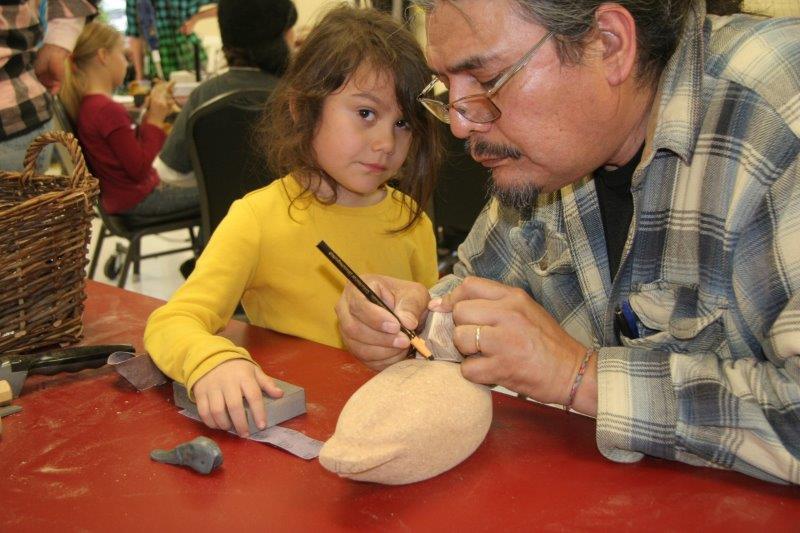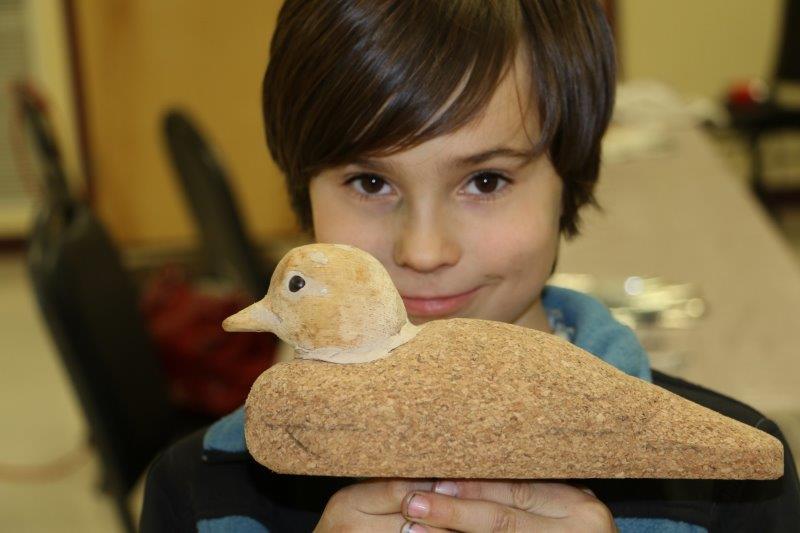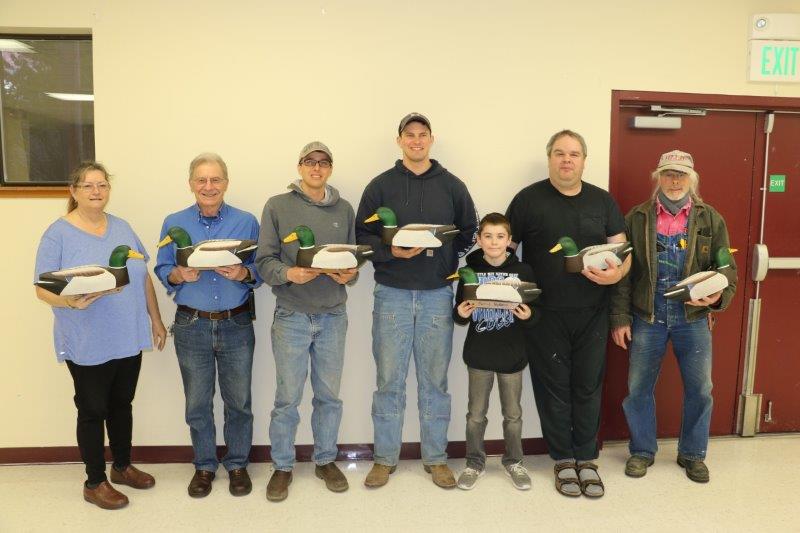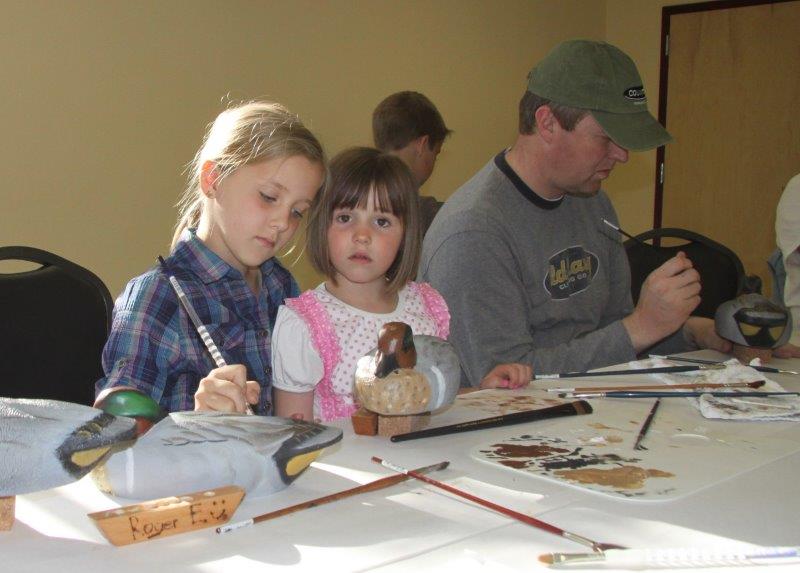Join the Washington Brant Foundation
Join us and help us conserve the black Brant and their habitats throughout the pacific flyway.
JOIN
Projects
Decoy Carving Class
Since 2014 WBF has offered decoy carving classes in partnership with Burlington Park & Recreation. Board member and master carver Kurt Benson furnishes all tools and materials needed in a ready to go form, making it especially inviting for beginners. Often 2 or 3 generations of family members have attended together and multiple times, as Kurt varies the species and type of project. He shares his decades of experience one on one with never ending patience and humor. Past students are encouraged to enter their work in our annual decoy competition event in May. Contact Burlington Park & Rec for class info.
Migration Telemetry
Brant have a very rigorous and fascinating annual migration that has been the subject of much study. Decades of traditional leg banding tells some of the basic story but telemetry has revealed many more of the exciting details. Early work involved surgical implants of satellite transmitters that provided unprecedented exact locations of birds anywhere in real time. Drawbacks included the expense of satellite usage and battery size needed to extend transmitter life to record annual cycles. This has lead to development of back pack style devices using solar panels for battery charging. These units record and store location data until it can be downloaded to a cell tower or other receiving station. Another design being tested here no involved attaching data recorders to neck collars WBF has assisted with harness design and attachment technique using our captive Brant flock. . Another design being tested here now is data recorders attached to neck collars as used on larger geese and swans. USGS, USF&W, and WDFW personnel have all enjoyed having live test subjects readily available.
One amazing discovery came about in the spring of 2006 during northbound migration of Western High Arctic Brant. Telemetry documented for the first time ever some birds take an inland shortcut through the NW Territories of Canada enroute to nesting grounds in the Parry Islands. This is highly unusual behavior for any Pacific Flyway Brant as they are rarely seen more than a short distance away from the coastline. Refer to tracking map.
VIEW GALLERY

Washington Brant Foundation
15929 Fir Island Road
Mount Vernon, WA 98273, USA
Website design by: Pixeleyes Graphics








